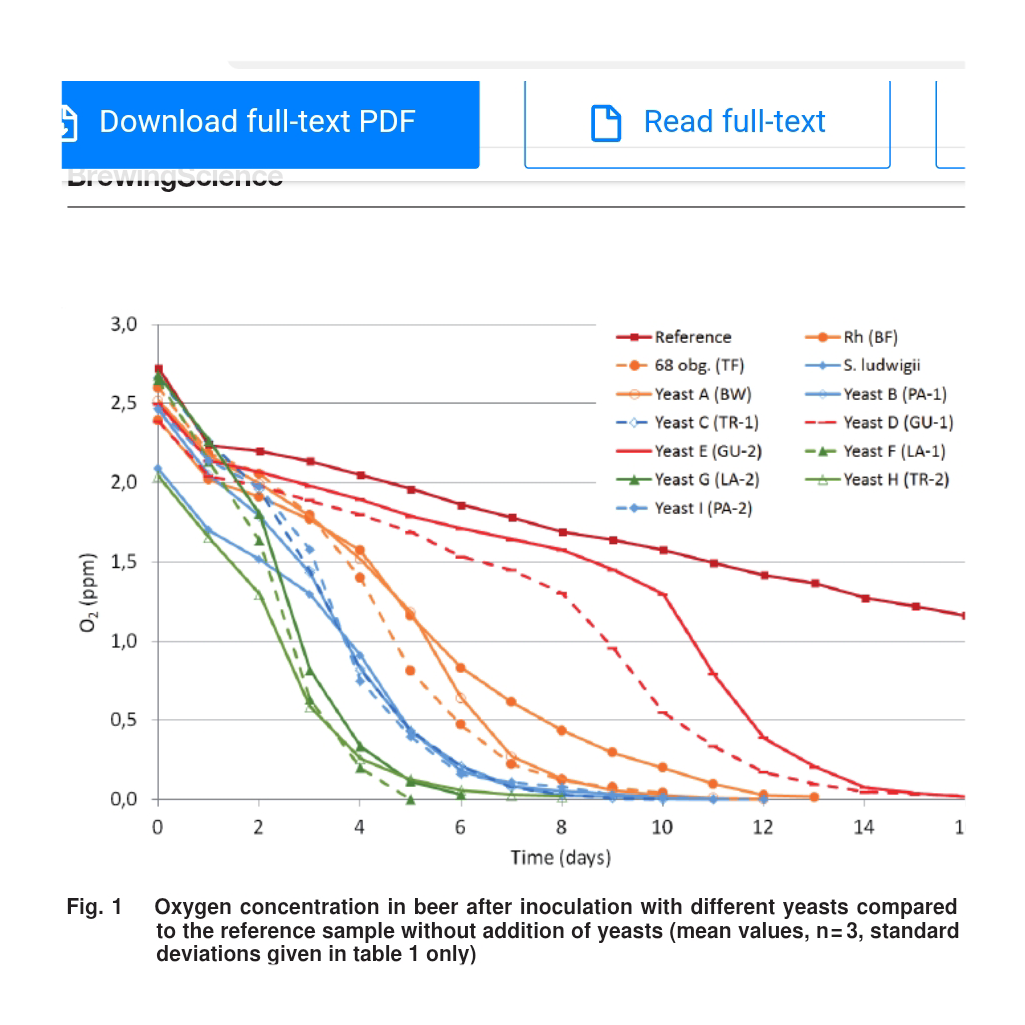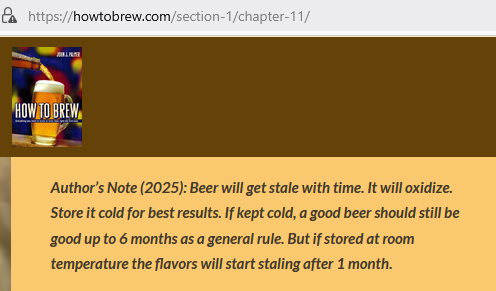Depends on the style and how much oxygen got in there. Hoppy styles such as IPAs and APAs tend to have the shortest shelf lives, while higher ABV styles such as Russian Imperial Stouts and barleywines tend to have very long shelf lives with sours and wild ales having the longest shelf live. Some sours are literally more than 5 years old and taste amazing. On the other hand, a hazy IPA might taste amazing a few weeks after packaging but taste just okay a few months later and godawful a year later.
My experience with the best (so far!) Cascade/Citra IPA that I ever made:
2 weeks after bottling, "wow, this is nice"
3 weeks+ "really good, never used Citra before, but I sure recognize it from other beers I've tried, a touch sweeter than I anticipated"
4 weeks "Citra has clearly faded, but the beer is still delicious, not sweet any more"
5 weeks "Citra completely gone, beer still tasty"
Luckily, only 4 more bottles left, but good data for planning future brews for specific occasions.
EDIT to describe my complete surrender to oxygenation: I do BIAB, slow-chill, ferment 2 weeks in a leaky plastic bucket, open the bucket to add my dry-hops, wait another 5 to 10 days, transfer to bottling bucket w/ priming sugar, and then bottle.









































![Craft A Brew - Safale S-04 Dry Yeast - Fermentis - English Ale Dry Yeast - For English and American Ales and Hard Apple Ciders - Ingredients for Home Brewing - Beer Making Supplies - [1 Pack]](https://m.media-amazon.com/images/I/41fVGNh6JfL._SL500_.jpg)






